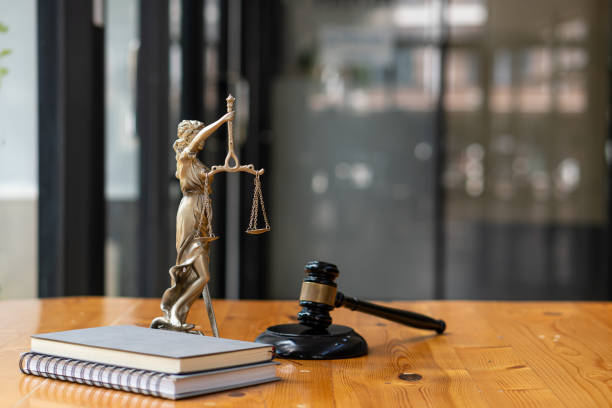In our last post, we looked at the basics for new home warranty coverage under Tarion and the Ontario New Homes Warranties Plan Act R.S.O. 1990 (ONHWP) for newly built homes & condos. However, not all provincial warranty coverage is the same – there is additional coverage and exclusions that apply to specific defects and properties. Condos also have provincial warranty coverage for both specific units and common elements. In this post, we’ll take a look at condo warranty coverage and additional coverage. And, in the next post, we will look at exclusions from the ONHWP.
Condo Warranty Coverage
Common elements, all property owned by the condo corporation over and above the units, are covered under a separate common elements warranty, which begins at the time of condo registration. The responsibility for making a warranty claim for common elements lies with the condo corporation. Unit owners are encouraged to report potential defects to common elements to the property manager or board of directors.
Condo elements coverage is based on a formula of $50,000, multiplied by the number of units, to a maximum of $2.5M.
Coverage for Converted Condos
As of January 1 2018, converted buildings that were previously used for non-residential purposes will be covered under the provincial warranty. This includes buildings converted to residential condos. All warranties apply to condo conversion projects with the exclusion of first-year workmanship warranty on pre-existing elements.
Additional Provincial Warranty Coverage
Provincial warranty coverage provides for deposit protection, unauthorized substitutions by the builder, radon and other environmental hazards, septic systems and delayed closings.
Deposit Protection
Deposit protection is included in the provincial warranty coverage for both freehold homes and condos. However, the coverage for condo deposits is to a maximum of $20,000.
Your deposits are protected up to certain limits in the event that a builder goes bankrupt, fundamentally breaches the Agreement of Purchase and Sale, or a buyer exercises their statutory right to treat the deal as terminated.
If a buyer signed their APS before Jan 1 2018, then the deposit is protected by up to a max of $40,000. However, if the buyer signed the APS on or after Jan 1 2018, then the deposit coverage depends on the sale price of the new home. For example, if the sale price is $600,000 or less, then the coverage is up to $60,000. If the sale price is over $600,000, then the coverage is 10% of the purchase price, to a maximum of $100,000.
Unauthorized substitutions
In the APS, the builder has the right to substitute any item snot specifically selected by included in the APS (i.e. items listed as standard features and finishes sheet), but only with items of equal or better quality.
If the builder cannot supply the buyer’s choice of colour or finish, then they have to notify the buyer in writing and give them the opportunity to make a new selection. If the buyer does not make a new selection within 7 days, then the builder may substitute options of equal or better quality. Most APS’s for new homes, however, allow the builder to modify certain design features, including reversing the house plan or change the home’s elevation – these changes are not covered under the Act.
The provincial warranty applies if the builder uses a lower-quality item than agreed, or if the builder replaces the item that was specifically selected and included in the APS without giving the buyer 7 days to make a new selection.
Radon and Septic Systems
There is a maximum of $15,000 for warranted damage caused by environmentally harmful substances or hazards. Radon is covered by the provincial warranty if found in excessive levels in a home and coverage lasts up to 7 years. There is a maximum of $25,000 for coverage of septic systems.
Delayed closings or Occupancy
A statement relating to the delayed closing warranty must be attached to all APS’s for new builds. Builders are required to provide a specific closing date and inform the buyer whether the date is firm or tentative. There are four separate statements in the builder’s warranty, depending on whether the property is freehold (firm or tentative) or condo (firm or tentative).
—
If you are purchasing a new home, contact us to have your Agreement of Purchase and Sale reviewed. We will also review your new home warranty.
Author Profile

Latest Blog
 Uncategorised22 December 2023What Constitutes a Legal Partnership in Ontario?
Uncategorised22 December 2023What Constitutes a Legal Partnership in Ontario? Uncategorised22 December 2023Characteristics of a Corporation in Ontario
Uncategorised22 December 2023Characteristics of a Corporation in Ontario Uncategorised22 December 2023Intentions Matter When Co-Owning Property
Uncategorised22 December 2023Intentions Matter When Co-Owning Property Uncategorised22 December 2023Consequences of Operating an Ontario Partnership
Uncategorised22 December 2023Consequences of Operating an Ontario Partnership




